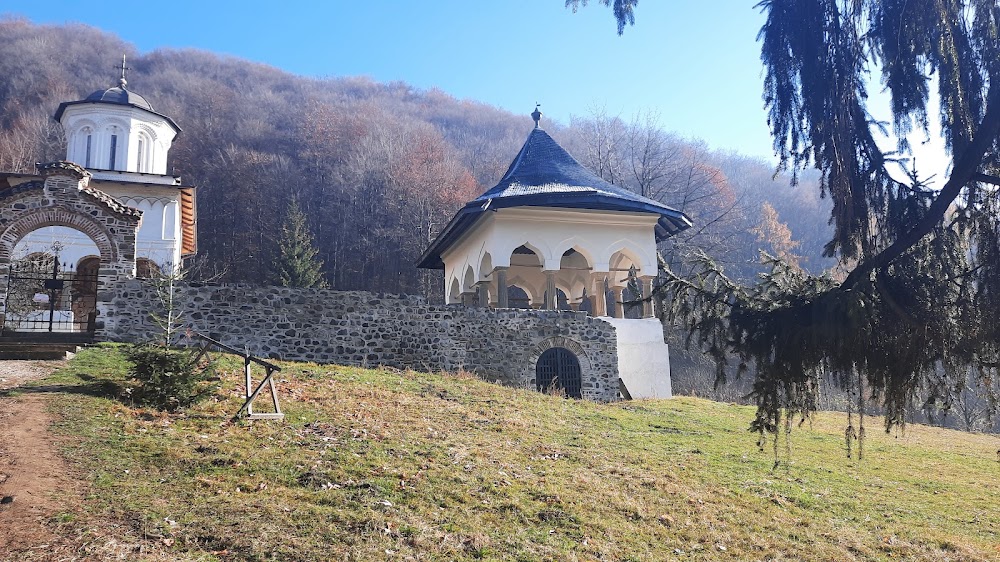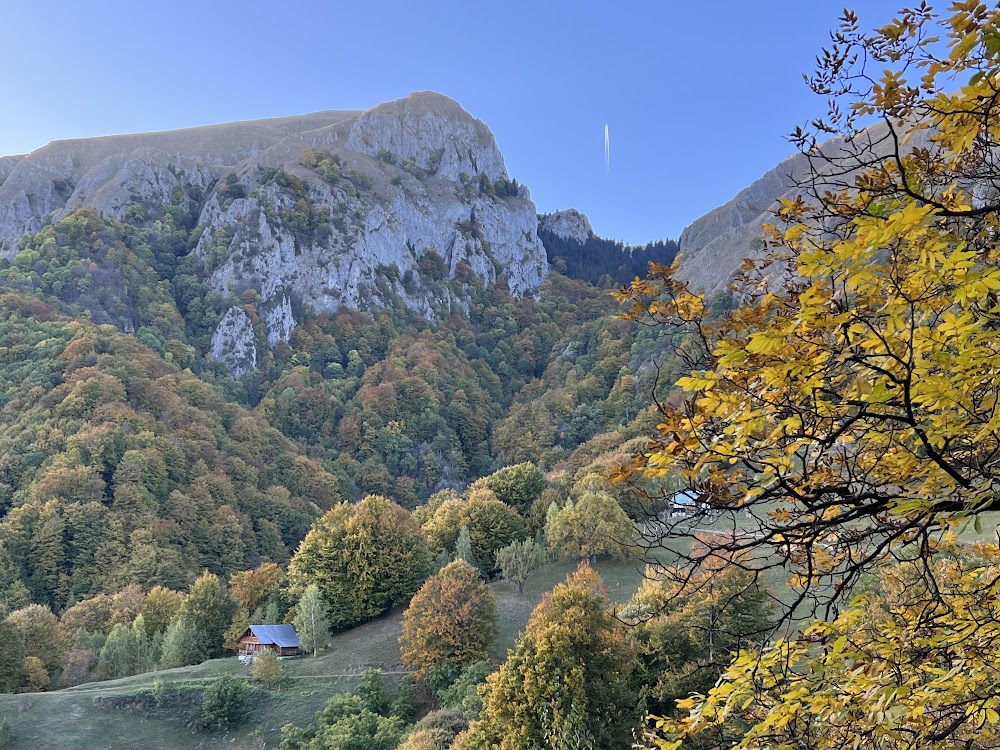Horezu Monastery (Mănăstirea Horezu)
Overview
The Horezu Monastery, formally known as the Monastery of Hurezi, is a breathtaking gem of Romanian monastic architecture located in the serene Vâlcea County. Founded in 1690 by the visionary Prince Constantin Brâncoveanu, this monastery stands as a testament to the rich artistry and historical depth of the region.
At the close of the 17th century, Prince Brâncoveanu sought to establish a place of worship that would reflect the Brâncovenesc style—a captivating fusion of Byzantine, Ottoman, and Western architectural influences. Nestled in the picturesque foothills of the Carpathian Mountains, the chosen site for Horezu Monastery offers a perfect blend of tranquility and isolation, ideal for a monastic community devoted to spiritual pursuits.
The construction was helmed by the talented architect Mestesugar Ioan, who enlisted skilled artisans and craftsmen from across Romania to bring this grand vision to life. As you explore the monastery, you'll discover a stunning array of intricate frescoes, detailed stone carvings, and elegant wooden structures that exemplify the pinnacle of Romanian craftsmanship.
At the heart of the monastery complex lies the main church, dedicated to Saints Constantine and Helena. This architectural centerpiece is adorned with vibrant frescoes created by the esteemed artist Pârvu Mutu and his disciples. These stunning artworks not only depict religious themes but also showcase intricate floral and geometric designs, hallmark traits of the Brâncovenesc style. The nave and altar are particularly noteworthy, featuring elaborate decorations that evoke a sense of serenity and reverence.
In addition to the main church, the monastery complex includes several smaller chapels and buildings, each serving unique functions within the monastic community. One notable structure is the "Bolnița" chapel, dedicated to the Holy Apostles. This chapel historically served as a hospital for sick monks and villagers, highlighting the monastery's commitment to community care and support.
Horezu Monastery also houses a remarkable library that has safeguarded numerous ancient manuscripts and texts, offering invaluable insights into the religious and cultural heritage of the region. These preserved works are a testament to the scholarly endeavors of the monks who lived and studied here.
Throughout the centuries, Horezu Monastery has weathered various challenges, including invasions and political upheaval. Remarkably, it has remained well-preserved and continues to operate as a monastic community, while also welcoming tourists and pilgrims. The dedication of the monastic community plays a crucial role in maintaining both the spiritual and physical integrity of this historic site.
In 1993, the monastery earned a place on the UNESCO World Heritage List, a recognition that underscores its outstanding universal value and the beauty of its artistic and architectural achievements. This designation has facilitated the ongoing conservation efforts needed to preserve this treasure for future generations.
Today, a visit to Horezu Monastery promises a peaceful retreat and an opportunity to immerse yourself in the rich history encapsulated within its walls. The tranquil atmosphere, combined with the exquisite artistry, makes it an essential destination for anyone interested in the cultural and spiritual tapestry of Romania.






